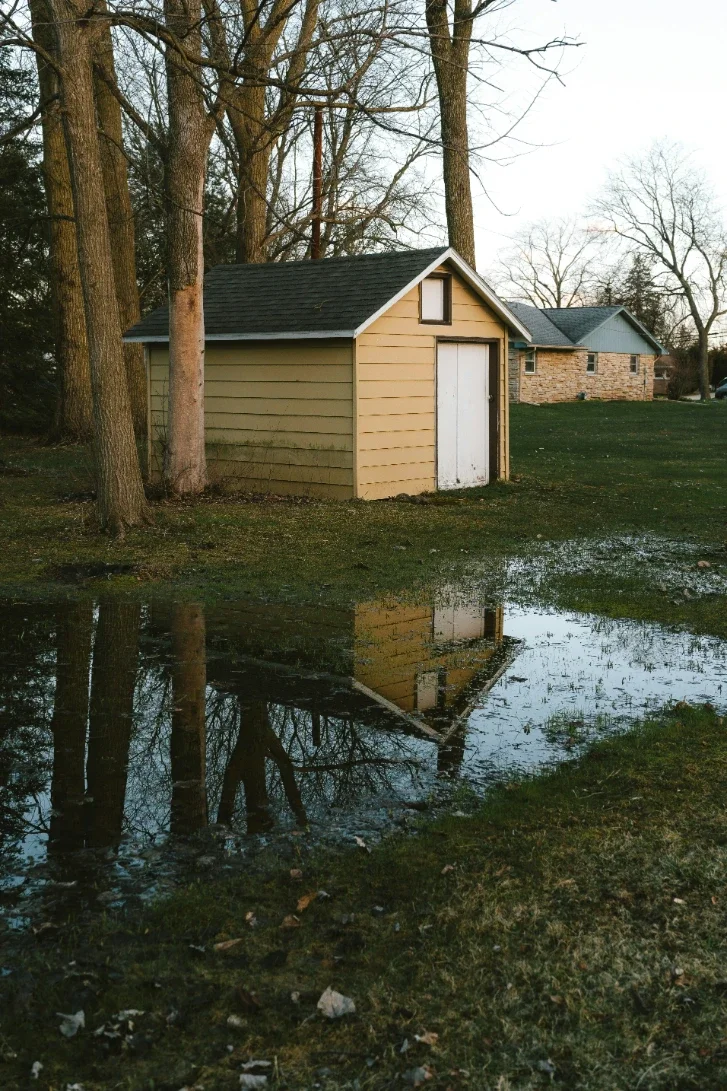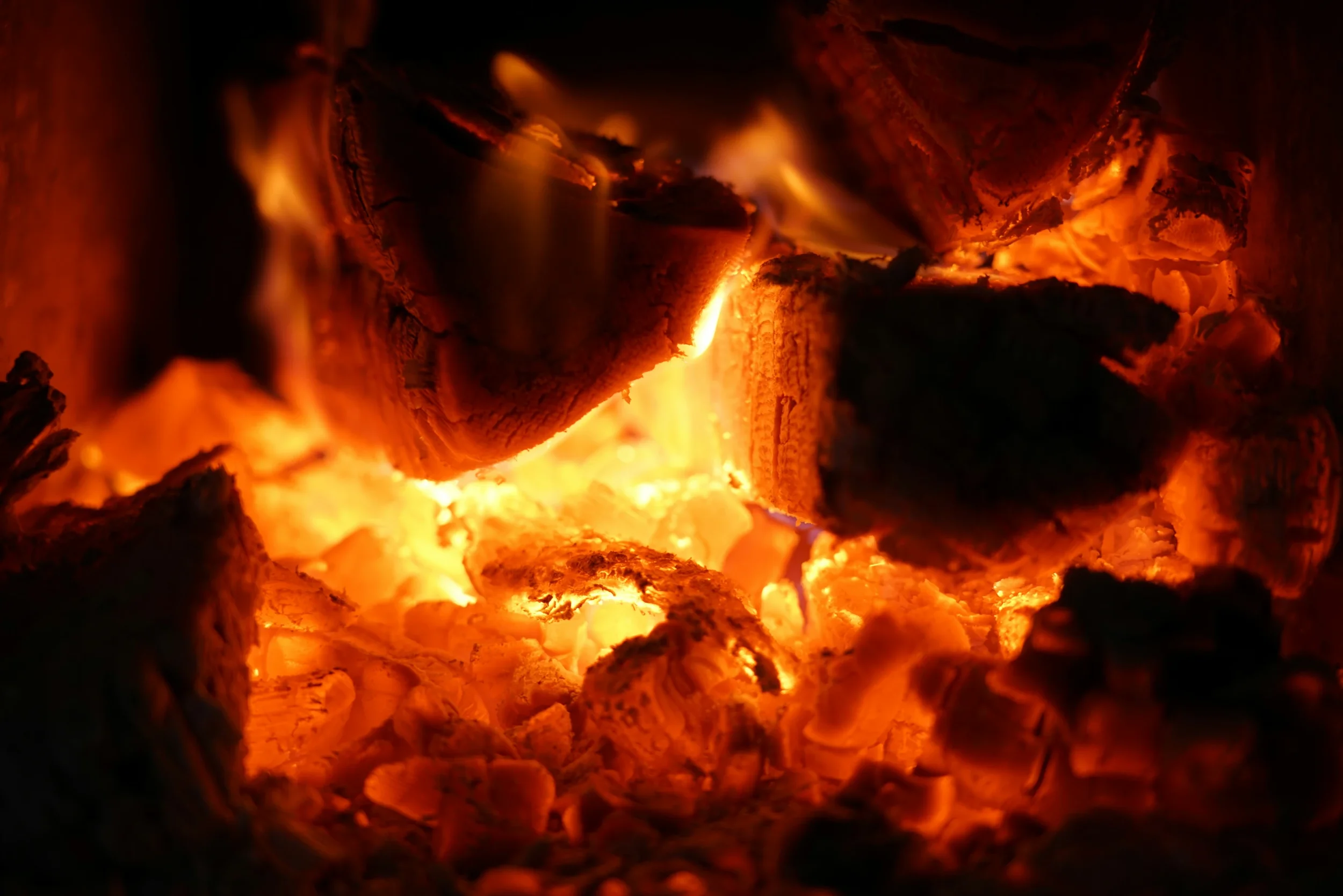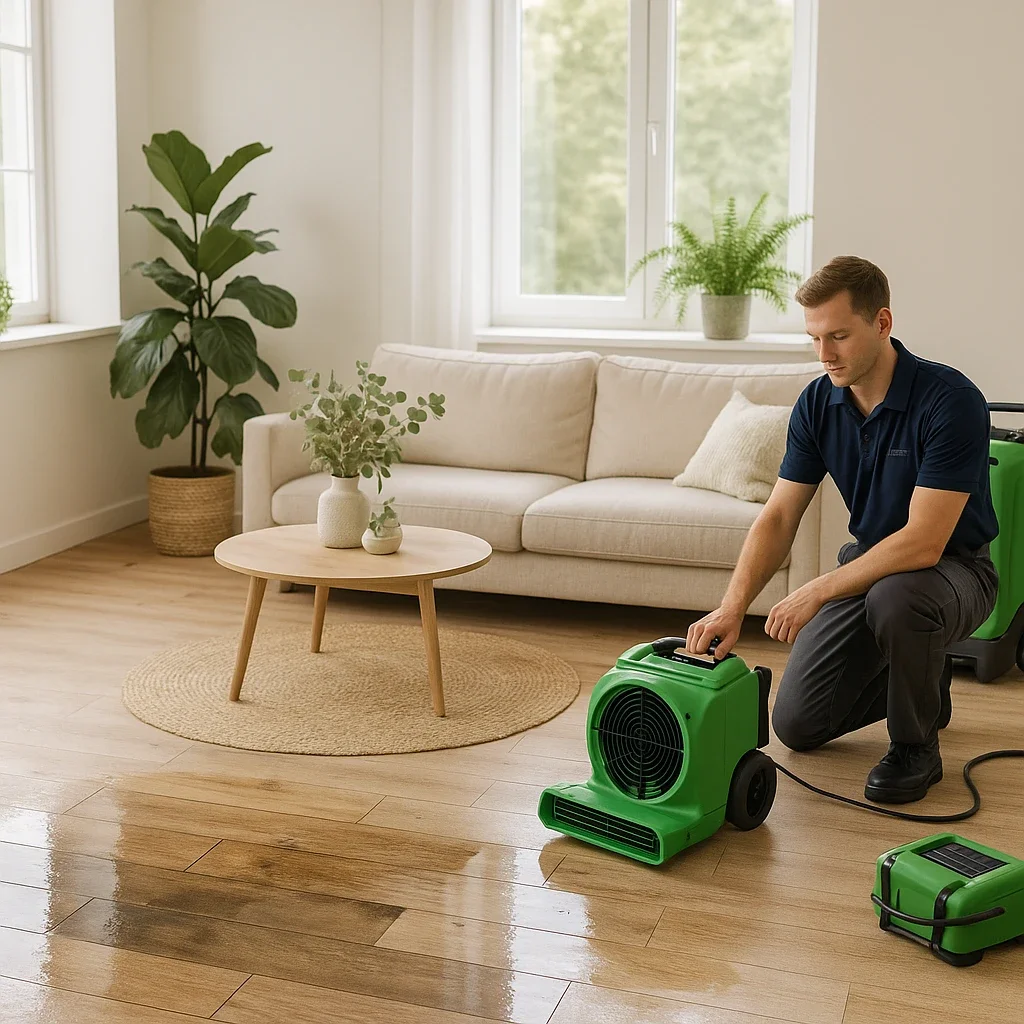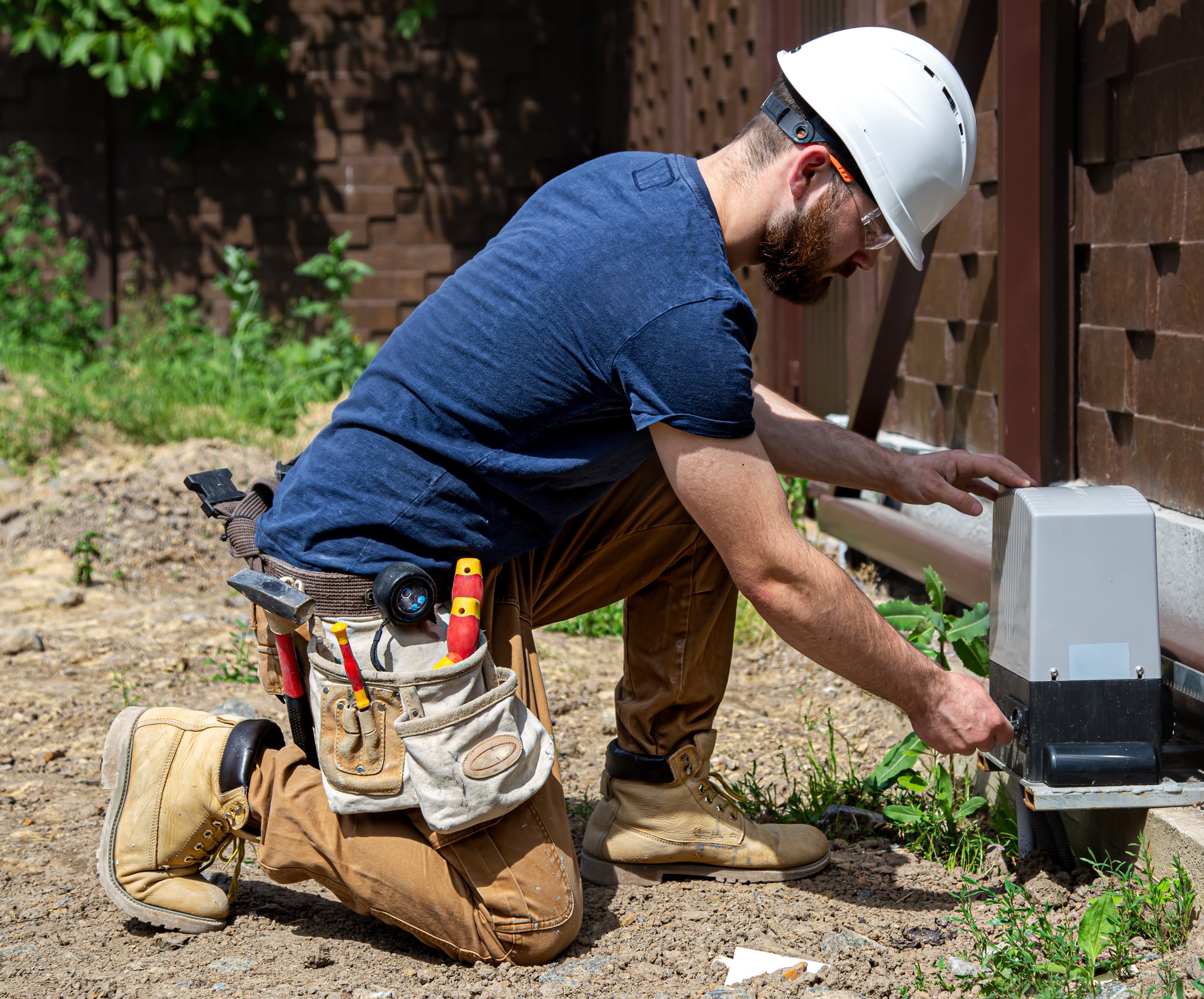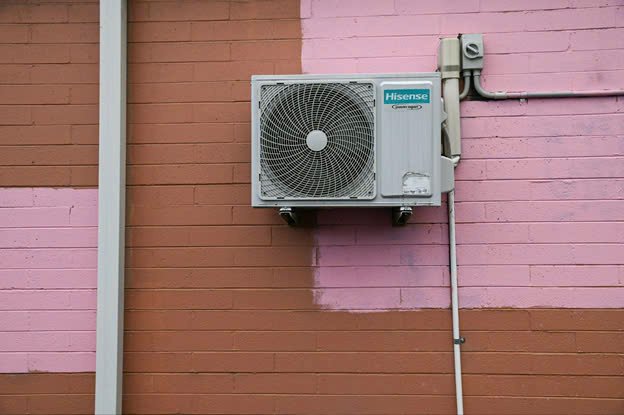How to Get Your Home Ready for Storm Season
Prepare your home for storm season with simple steps. Clean gutters, trim trees, and secure your roof to stay safe during heavy winds and rain.
Storms can arrive suddenly and leave behind serious damage. Wind, rain, and flying debris test every part of a home. Preparing in advance helps reduce repair costs and stress. Each season, thousands of homeowners fix problems that could have been prevented with simple maintenance. Checking windows, cleaning gutters, and organizing the yard all make a big difference. Another key step is roof care. Dirt and wet leaves collect there over time and hold moisture. Hiring a professional roof cleaner in Lacey, Washington keeps the surface clear and prevents leaks when storms begin. Once the roof is protected, attention should turn to other areas that keep a home safe.
Inspect and Reinforce Windows and Doors
Windows and doors often take the first hit when the wind picks up. Weak frames and old seals let water and air pass through small gaps. Over time, this creates pressure that can crack the glass or loosen locks. A quick inspection before the season starts can prevent bigger problems later. Homeowners should look for peeling caulk, damaged hinges, or soft wooden frames.
Weatherproof sealant works well to close small gaps, while door sweeps stop rain from blowing underneath. Replacing standard glass with impact-resistant panes or adding storm shutters offers stronger defense. These upgrades are not only for coastal homes, even mild storms can cause damage if windows are old. Regular checks keep the house secure and help maintain energy efficiency year-round.
Trim Trees and Secure Outdoor Furniture
A broken tree branch is a starting point of a wide variety of storm-related construction. The hanging branches that contact near the roofs or electrical lines are to be cut earlier in the season. It may fall and lead to roof puncturing or power blackouts when the wind is increasing. Correct pruning also maintains health as well as lessening up of debris.
Outdoor furniture must be maintained in the same way. Chairs, planters, umbrellas can be blown away easily in a wind of high velocity. Practical steps include:
Moving lightweight furniture indoors or into a garage
Using heavy covers or straps to keep larger items in place
Checking fences or trellises for weak spots
These simple actions reduce the chance of property damage. A clean and organized yard makes storm cleanup much easier afterward.
Clean Gutters and Maintain the Roof
Gutters protect the home by directing rainwater away from walls and foundations. When they clog, water overflows and seeps into siding or ceilings. Cleaning them twice a year, especially before storm season, keeps water flowing freely. Downspouts should release water at least three feet from the foundation to prevent erosion.
Roof maintenance is just as important. Moss, twigs, and leaves hold moisture that weakens shingles and causes leaks. A professional cleaning removes buildup safely and helps spot early signs of wear. Regular maintenance extends the roof’s life and improves home insulation. For homes surrounded by trees, checking after every major storm prevents unnoticed damage from spreading.
Check the Yard and Outdoor Structures
A yard is safe enough to avoid accidents in case of bad weather. Without the proper anchoring of fences sheds and mailboxes can move or block down. All buildings must be checked to be stable and tightened where necessary. Such minor modifications as substitution of rusty screws or Vanilla corner braces can save huge failure in the future.
Another general problem is yard garbage. When there is heavy wind, loose branches, gardening tools or toys usually become hazards. Landscape maintenance involves maintaining grounds in order to enable the rainwater to drain rather than collect around the building. The driveways and pathways also need to be raked off leaves in order to allow the water to drift away easily. The temporary protection is lasting as a result of a few hours of preparation as soon as the first storm comes.
Review Electrical Systems and Backup Options
Storms often knock out power lines. A quick inspection of the home’s electrical system ensures safety if that happens. Surge protectors should be installed on major appliances. Outdoor outlets need waterproof covers. If the area often experiences long outages, a backup generator can keep essential devices running.
Portable generators work well for smaller homes, while whole-house systems power everything from heating to refrigeration. Whichever option is used, it’s important to test it before storm season begins. Fuel should be fresh, and cords should be checked for wear. Taking these steps keeps the household comfortable even when the grid goes down.
Prepare an Emergency Kit
Every home should have an emergency kit ready to go. It doesn’t need to be complicated, just complete. A good kit includes:
Flashlights and extra batteries
A basic first-aid kit
Bottled water and canned food for several days
A power bank for charging phones
Important documents sealed in plastic bags
Pets should also have food and water included in the plan. All items should be kept in one easy-to-reach place, ideally near an interior room or hallway. Regularly checking expiration dates keeps the kit ready for use at any time.
Check Insurance and Emergency Contacts
Insurance coverage is often forgotten until damage has already happened. Reviewing policies before the season starts helps avoid surprises later. Homeowners should confirm what types of storm damage are covered and whether deductibles apply to flooding or wind damage. Taking photos of the property before a storm helps document its condition for future claims.
It’s also helpful to keep a list of emergency contacts. This can include local utilities, insurance representatives, and family members. Writing down key numbers instead of storing them only on a phone ensures access even during a power outage.
Final Storm Season Checklist
Preparing for storm season is mostly about small, consistent habits. Cleaning gutters, trimming trees, checking windows, and securing outdoor furniture all build a safer environment. A clean roof prevents leaks, while an organized yard reduces hazards. When everything is checked and maintained, storms become easier to handle. The effort spent in preparation is far less than the cost of repairs later. A home that’s ready for the season stands stronger, keeps its occupants safe, and weathers each storm with less worry.

